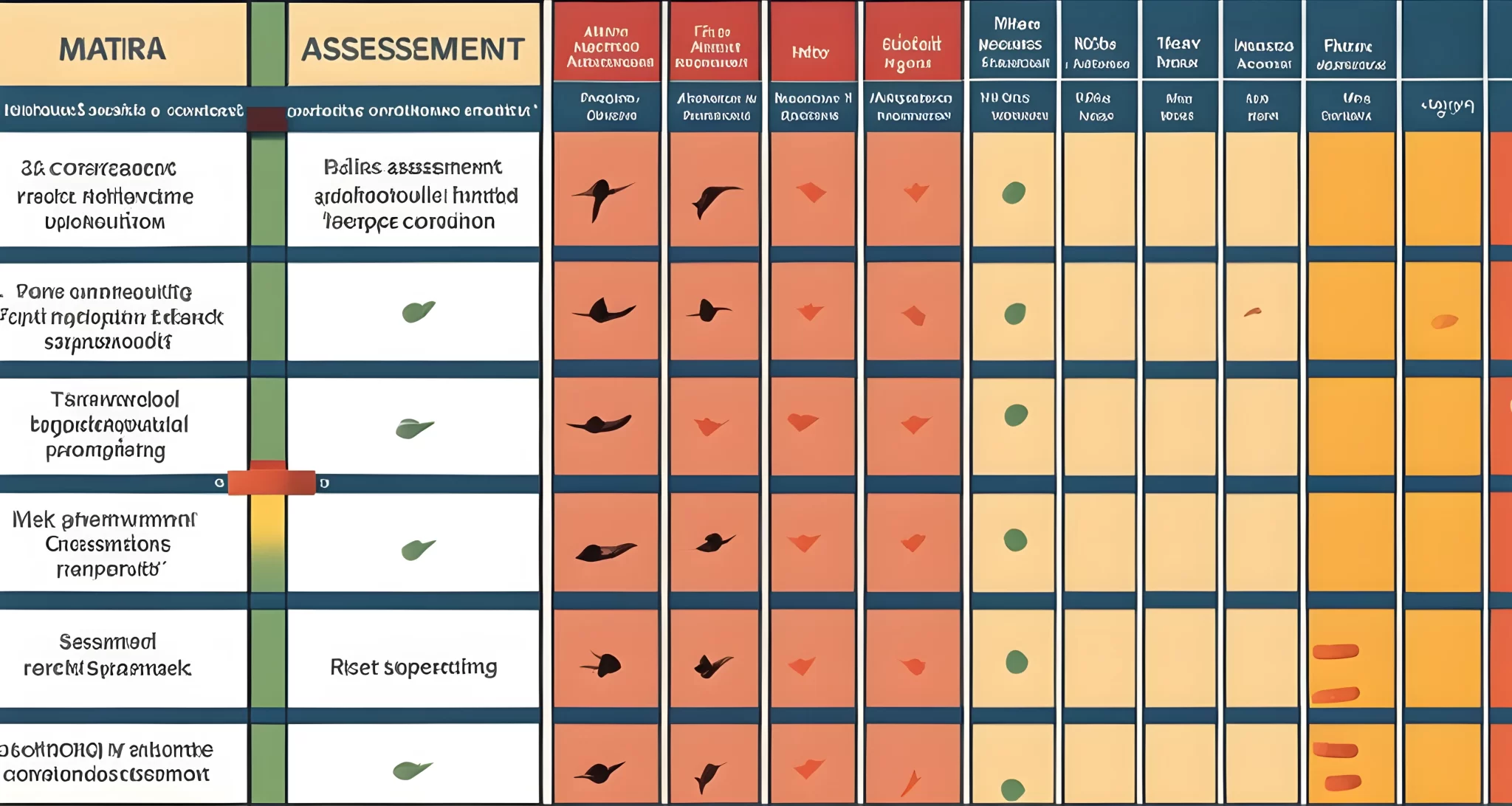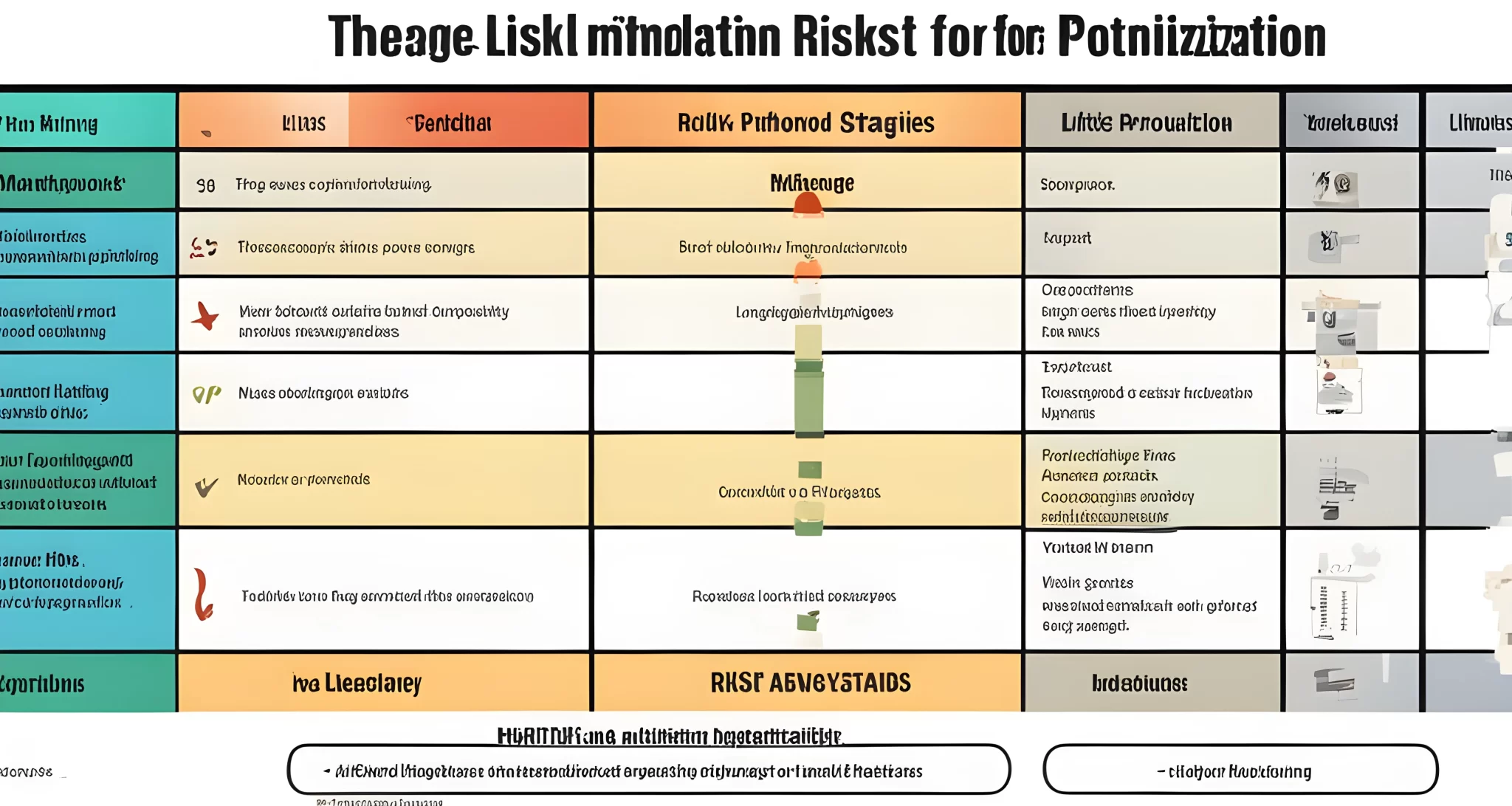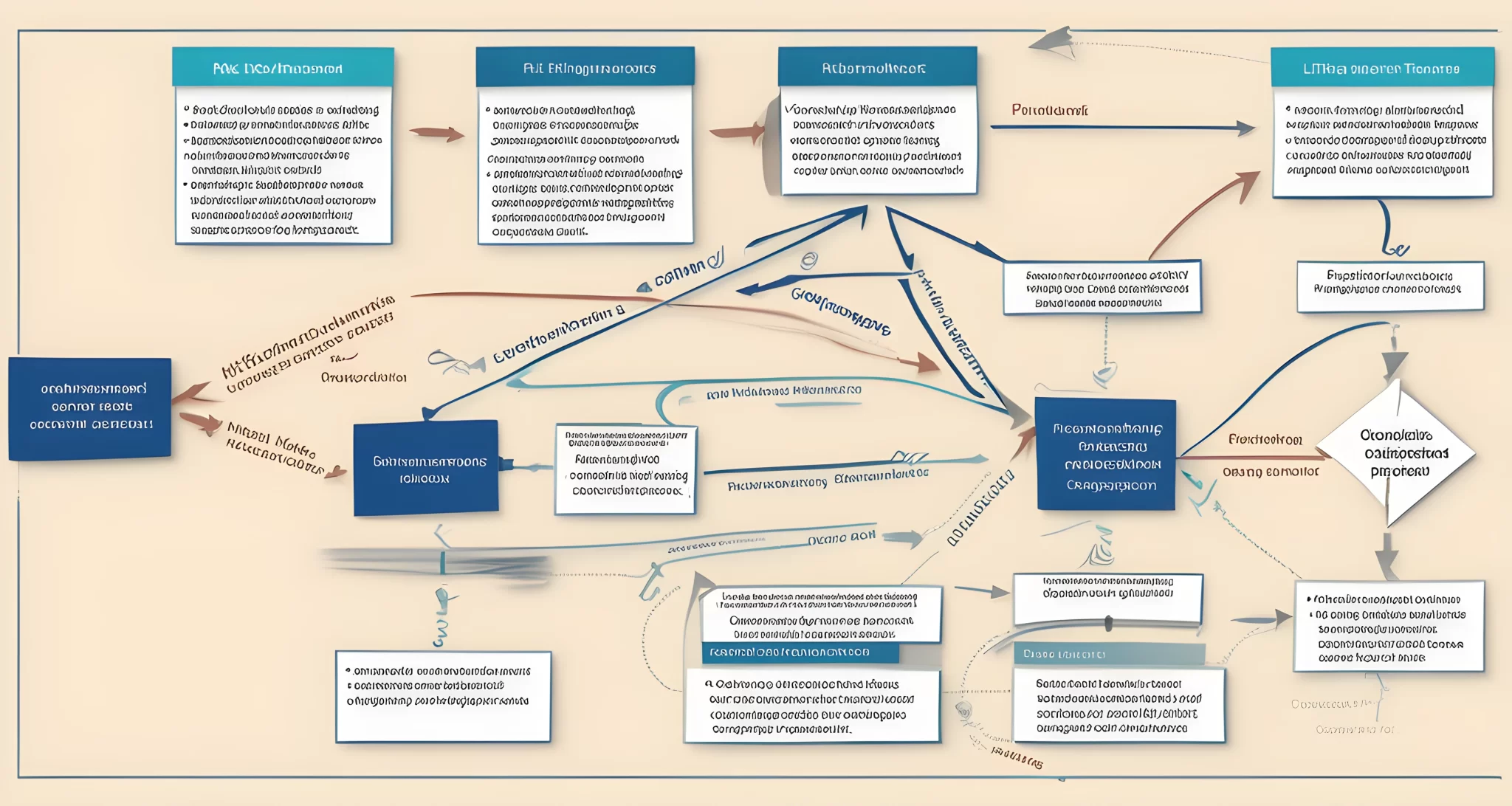Introduction to Risk Management
Effective risk management is crucial for the success of any business. It involves the identification, analysis, and response to risk factors that can impact a business’s operations, capital, earnings, and overall objectives. In today’s dynamic and uncertain business environment, organizations must have robust risk management strategies in place to mitigate potential threats and capitalize on opportunities.
The process of risk management begins with the identification of potential risks that could affect the organization. This can include anything from economic downturns and regulatory changes to cybersecurity threats and natural disasters. Once risks are identified, they must be analyzed to understand their potential impact and likelihood of occurrence. This step is crucial in determining which risks require immediate attention and which can be managed over time.
After analyzing the risks, they must be prioritized based on their potential impact on the business. By prioritizing risks, organizations can allocate resources more effectively and focus on addressing the most critical threats first. This enables businesses to mitigate risks in a strategic and efficient manner.
Risk treatment is the final step in the risk management process. It involves developing and implementing strategies to address the identified risks. These strategies can include risk avoidance, risk reduction, risk transfer, or risk acceptance. Each strategy is tailored to the specific nature of the risk and aligned with the organization’s tolerance levels.
In conclusion, effective risk management structures are designed not only to identify existing risks but also to calculate uncertainties and predict their influence on a business. This allows a business to make informed decisions about whether to accept or reject risks based on its defined tolerance levels. Ultimately, businesses that prioritize risk management are better equipped to navigate challenges, capitalize on opportunities, and achieve long-term success.
Risk Mitigation is Vital

Risk Identification
Risk identification is a critical step in the process of effective risk management. This involves systematically documenting potential risks and categorizing the actual risks that a business faces. By identifying and understanding the risks, organizations can better prepare for potential challenges and minimize their impact.
It’s important to take a comprehensive approach to risk identification, considering all possible risks, including those that may emerge in the future. This means looking at internal and external factors that could pose a threat to the business. Internal risks may include operational inefficiencies, financial issues, or human resource challenges, while external risks could be related to changes in the market, regulatory changes, or natural disasters.
To effectively identify risks, businesses can use various tools and techniques such as risk workshops, interviews with stakeholders, and risk assessment questionnaires. These methods help to gather insights from different perspectives within the organization and ensure that no potential risks are overlooked.
In addition to current risks, it’s also important to consider emerging risks that may not be immediately apparent. This requires organizations to stay informed about industry trends, technological advancements, and other developments that could impact their operations. By continuously monitoring the business environment, organizations can anticipate potential risks and proactively address them.
Furthermore, consulting firms can play a crucial role in helping businesses identify risks by providing expertise in risk governance Consulting firm risk governance. Their specialized knowledge and experience can offer valuable insights into potential risks that may not be immediately obvious to the organization.
Ultimately, effective risk identification is essential for developing a robust risk management strategy. It lays the foundation for further analysis and prioritization of risks, enabling businesses to focus on addressing the most critical threats and opportunities for improvement. By taking a proactive approach to risk identification, organizations can better position themselves for success in an ever-changing business landscape.

Risk Analysis
After the identification of potential risks, the next step in effective risk management is to conduct a thorough analysis of each risk. This involves assessing the likelihood of each risk occurring and the potential impact it could have on the business. By conducting a comprehensive risk analysis, businesses can gain a better understanding of their exposure to each risk and the potential cost if the risk were to become a reality.
Importance of Risk Analysis
Risk analysis is a crucial step in the risk management process as it helps businesses make informed decisions about how to prioritize and address potential risks. By evaluating the likelihood and potential impact of each risk, businesses can develop strategies to mitigate or eliminate the risks that pose the greatest threat to their success. This allows for more efficient allocation of resources and ultimately leads to better overall risk management.
Conducting Risk Analysis
During the risk analysis process, businesses assess each identified risk based on its likelihood and potential impact. This often involves using quantitative and qualitative methods to gather data and evaluate each risk scenario. By using these methods, businesses can gain a more comprehensive understanding of the potential consequences of each risk and make more informed decisions about how to address them.
Linking Risk Analysis with Prioritization
The findings from the risk analysis phase are crucial for prioritizing which risks require immediate attention and which can be addressed at a later stage. By understanding the likelihood and potential impact of each risk, businesses can prioritize their efforts and resources towards addressing the most significant risks first. This ensures that they are focusing on mitigating the risks that pose the greatest threat to their success.
In conclusion, conducting a thorough risk analysis is essential for effective risk management. It provides businesses with valuable insights into their exposure to potential risks and helps them make informed decisions about how to address them. By linking risk analysis with prioritization, businesses can allocate their resources more efficiently and ultimately improve their overall risk management practices.
To learn more about effective risk management techniques, check out Effective Risk Management Techniques for additional insights.

Risk Prioritization
When it comes to effective risk management, prioritizing risks is a crucial step in the process. By ranking risks based on their likelihood and potential impact, businesses can gain a holistic view of their risk landscape and identify where their focus should lie. This ensures that resources are allocated to address the most pressing and impactful risks first.
Effective risk prioritization allows businesses to focus on the most critical areas of concern, minimizing potential damage and maximizing the effectiveness of risk treatment strategies. By identifying high-impact, high-likelihood risks, organizations can develop targeted plans to mitigate these threats and prevent potential negative outcomes.
Prioritizing risks also helps businesses make informed decisions about where to allocate resources for risk treatment. By understanding the potential impact of each risk, organizations can prioritize their efforts and investments in addressing the most significant threats to their operations.
In the context of Successful Risk Mitigation Plans, effective risk prioritization plays a key role in identifying where businesses should focus their risk management efforts. This ensures that resources are directed towards addressing the most critical risks, ultimately leading to more successful risk mitigation strategies.
Overall, risk prioritization is a vital component of successful risk management. By evaluating and ranking risks based on their likelihood and potential impact, businesses can gain a comprehensive understanding of their risk landscape and make informed decisions about where to focus their efforts and resources. This ultimately leads to more effective risk treatment strategies and better overall outcomes for the organization.

Risk Treatment
After the worst risks have been identified in the risk analysis phase, it is crucial to implement a comprehensive risk treatment plan. This plan involves solving or mitigating the risk so that it no longer poses a threat to the business. The aim of risk treatment is to minimize the impact and likelihood of potential risks, allowing the organization to operate with more confidence and security.
There are several key steps involved in the risk treatment process. These include:
-
Risk Mitigation: This involves taking proactive measures to reduce the impact or likelihood of a risk occurring. This may include implementing new processes, procedures, or controls to minimize the potential impact of the risk.
-
Risk Transfer: In some cases, it may be beneficial for an organization to transfer the risk to a third party, such as through insurance or outsourcing certain functions.
-
Risk Avoidance: For some risks, the best course of action may be to avoid them entirely. This could involve discontinuing certain activities or business operations that pose a significant risk.
-
Risk Acceptance: In certain situations, it may be more cost-effective or practical for an organization to simply accept the risk. This approach involves understanding and acknowledging the potential impact of a risk and being prepared to deal with any consequences if it materializes.
By implementing these measures, organizations can effectively manage and mitigate their risks, allowing them to focus on achieving their strategic objectives and driving success.
For more information on essential steps for effective risk management in strategy, refer to Key Steps in Risk Management.
Effective risk treatment is an essential component of successful risk management. By identifying, analyzing, prioritizing, and treating risks, organizations can proactively protect themselves from potential threats and position themselves for long-term success.
FAQ
What is risk management?
Risk management involves the identification, analysis, and response to risk factors that can impact a business’s operations, capital, earnings, and overall objectives.
What are the steps involved in the risk management process?
The risk management process includes risk identification, risk analysis, risk prioritization, and risk treatment.
Why is risk identification important?
Risk identification is crucial as it involves documenting potential risks and categorizing the actual risks a business faces, including those that may emerge in the future.
What is the purpose of risk prioritization?
Risk prioritization helps the business understand its exposure to each risk and the potential cost if the risk were to become a reality, giving it a holistic view of its risk landscape.
